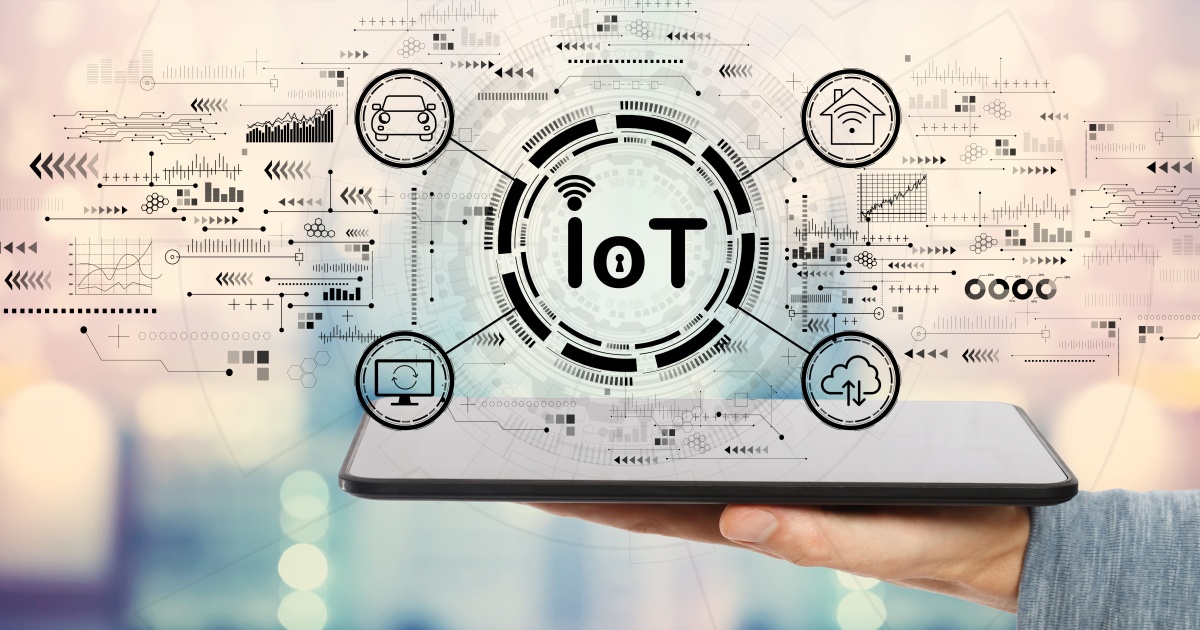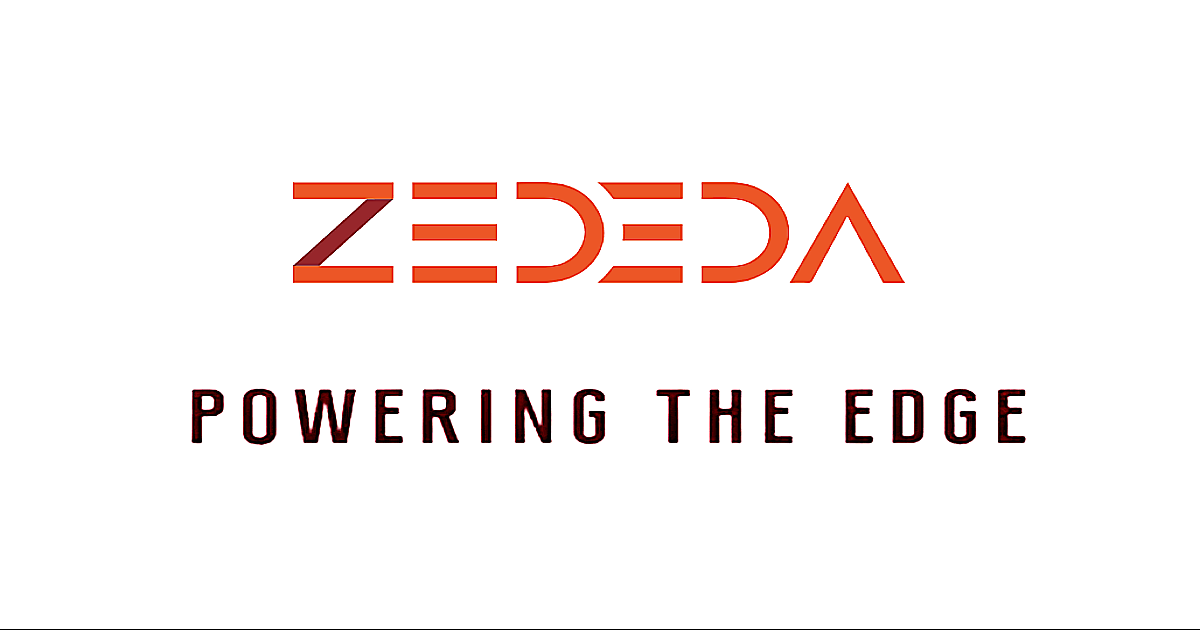Multi trillion dollar global Internet of Things market will lift security research and spending through 2025.
- In a McKinsey & Company report ‘Unlocking the potential of the Internet of Things‘, their bottom-up analysis for the applications they size estimates that the IoT has a total potential economic impact of $3.9 trillion to $11.1 trillion a year by 2025. At the top end, that level of value would be equivalent to about 11 percent of the world economy. The report states “with policy actions to encourage interoperability, ensure security, and protect privacy and property rights, the Internet of Things can begin to reach its full potential.”
- The Internet of Things (IoT) Security Market is expected to grow from $6.89 Billion (USD) in 2015 to $28.90 Billion by 2020, according to a new market research report published by Markets and Markets.
- Research and advisory firm Technavio’s analysts forecast the global IoT security market to grow at a CAGR of nearly 55 percent over the period 2014-2019.
- Gartner states “The Internet of Things (IoT) is a key enabling technology for digital businesses. Approximately 3.9 billion connected things were in use in 2014 and this figure is expected to rise to 25 billion by 2020. And while deployment is growing, there are factors slowing down the rate of adoption. Security and privacy are among the top key concerns among enterprises. Existing ideas and approaches to identity management will not be entirely effective for the IoT. IAM and other security leaders must rethink and rearchitect to be successful.”
- “IoT will increasingly have sensing, analytics and visualization tools that may be accessed on a personal, community or national level. Information sharing and ease of accessibility via the IoT makes businesses vulnerable to targeted cyber attacks, so the huge benefits must be weighed against the growing risks” states EY in its 2015 “Cybersecurity and the Internet of Things” report.
- “By its very design, the Internet of Things is built with lightweight security,” explains Terrence Gareau, Chief Scientist, Nexusguard. “These devices rely heavily on shared libraries and a rapid development cycle. Because of their constraints, many IoT devices have limited options for firmware upgrades and other risk management features. The fact that they are also “always-online” makes them highly susceptible to intrusion and attacks.”
- According to an HP study, 70 percent of the most commonly used IoT devices contain vulnerabilities.
- ”Computerworld’s Forecast Study 2015” predicts spending on security technologies will increase by 46 percent, ahead of all other IT categories, and that Internet of Things (IoT) will be the top new area of spending in 2015.
- By year-end 2017, over 20 percent of businesses will employ digital security services devoted to protecting business initiatives in IoT, according to Gartner research.
- Google is providing Carnegie Mellon University (CMU) $500,000 to launch a project that will turn its campus into a living IoT laboratory – where Internet-connected sensors, gadgets and buildings communicate with each other. A second CMU team will develop technology to further protect the privacy of IoT users. The mission is to fulfill the IoT’s promise by creating a complete system of interoperable IoT technology and finding answers to key research questions, such as how to preserve privacy and ensure security in an increasingly sensor-filled environment.
- Spurred by private sector awareness, political turmoil, and cybercrime, Asia-Pacific organizations will spend $22 billion on critical infrastructure technologies by 2020, ABI Research estimates. The lucrative OEM market – which ties Asia-Pacific to electronic manufacturers worldwide – also is an attractive target for hackers and malware creators. And as demand grows for Internet of Things (IoT) solutions, OEM vendor spending on security must increase to meet customers’ concerns. After all, more businesses will turn to Asia-Pacific’s expanding roster of OEMs and original design manufacturers (ODMs) for partnerships and joint research and development agreements, according to IDC.
Edited by
Stefania Viscusi





